Spending money every day, but not everyone understands the Vietnamese currency. The interesting revelations below may surprise many people.
The smallest denomination banknote in circulation in Vietnam is the 100 VND note, issued in 1991. In fact, the 100 VND note is no longer used in commerce but is still a memory of many Vietnamese people. Photo: Shoptienlixidoc
Currently, the 100-dong note is sold as an antique, at a price many times higher than its original face value. Photo: ICTPress
The 200 VND note is still in circulation but is also rare. This note was issued in 1987, the back side has an image of agricultural production on a 5-ton field in Thai Binh . Photo: Nguoi lao dong
The 1,000 VND note issued in 1989 has an image of a worker riding an elephant to log wood in the Central Highlands on the back. Photo: LovePik
The first 2,000 VND note was issued on the same day as the 1,000 VND note in 1989. The back of the note shows a textile workshop at the Nam Dinh Textile Factory, with many female workers working there. Photo: Vietnamnet
While serving as an official under the Tran Dynasty, Ho Quy Ly had the idea of issuing paper money. After overthrowing the Tran Dynasty and establishing the Ho Dynasty, he changed the country's name to Dai Ngu and officially started producing paper money. Photo: Dan Viet
The first paper money in the history of Vietnamese currency was “Thong Bao Hoi Sao”. According to some recorded documents, Thong Bao Hoi Sao had a 10-dong note with a dragon, a 30-dong note with waves, a 1-dong note with clouds, a 2-dong note with a turtle, a 3-dong note with a unicorn, a 5-dong note with a phoenix, and a 1-quan note with a dragon. Photo: Dan Viet
The 5,000 VND note features the Tri An Hydropower Plant, built on the Dong Nai River. This project has great economic significance, being a multi-purpose hydropower plant, ensuring water for daily life, agriculture and flood control. Photo: Muabantien
The highest denomination banknote in Vietnam is 500,000 VND. The banknote features a picture of a five-room thatched house in Lang Sen, Nam Dan, Nghe An. This is the hometown of President Ho Chi Minh. Photo: Internet
On the 200,000 VND note is printed a picture of Dinh Huong Islet in Ha Long Bay (Quang Ninh). The stone slab has the shape of a giant incense burner standing in the middle of the ocean like a sacred object to worship heaven and earth. Photo: Internet
The Temple of Literature - Quoc Tu Giam, the first university in Vietnam, is printed on the 100,000 VND note. Photo: Internet
Source kienthuc.net
Source: https://baophutho.vn/nhung-su-that-thu-vi-it-biet-ve-dong-tien-cua-viet-nam-220283.htm


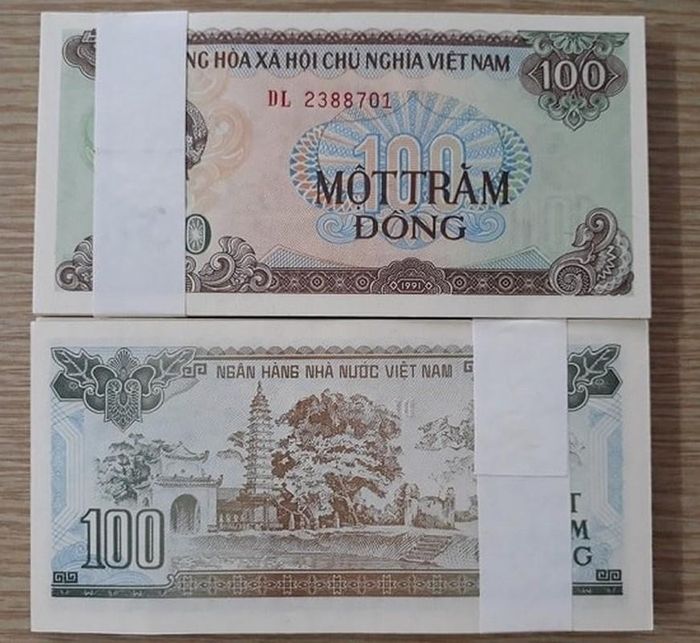
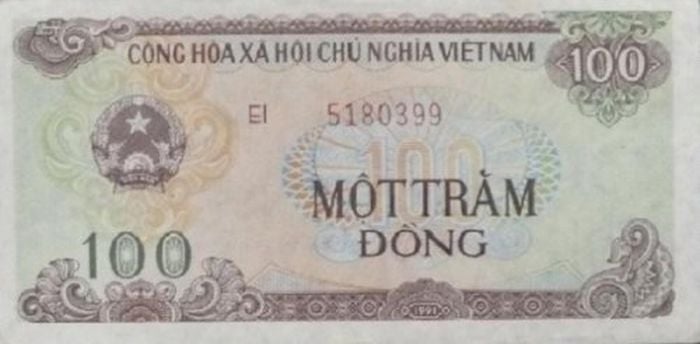
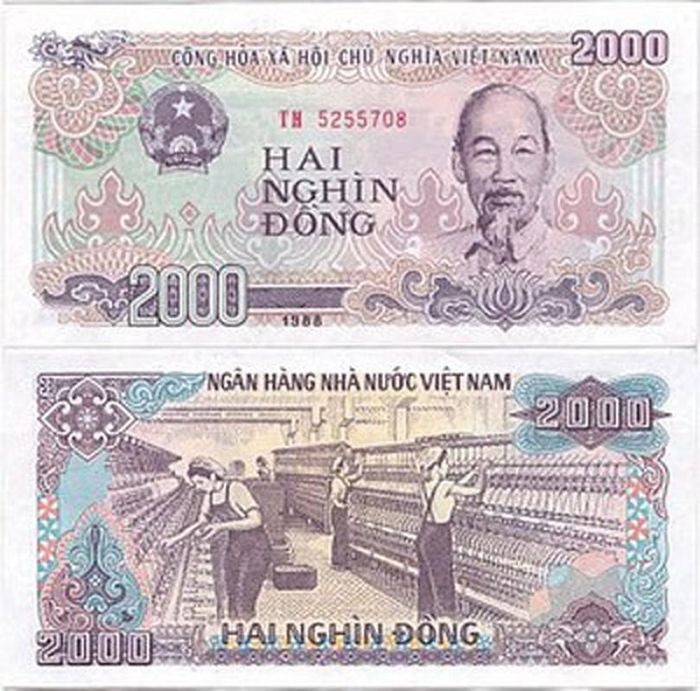
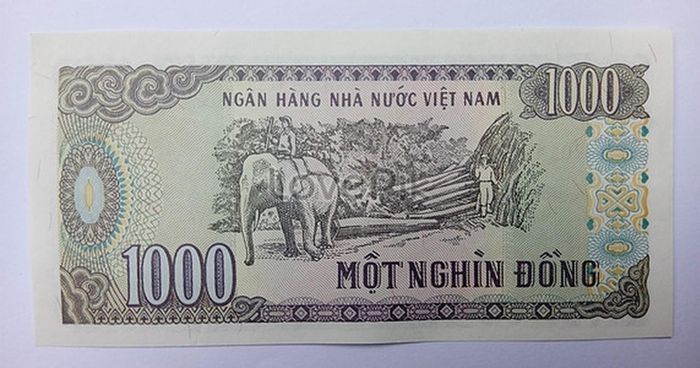
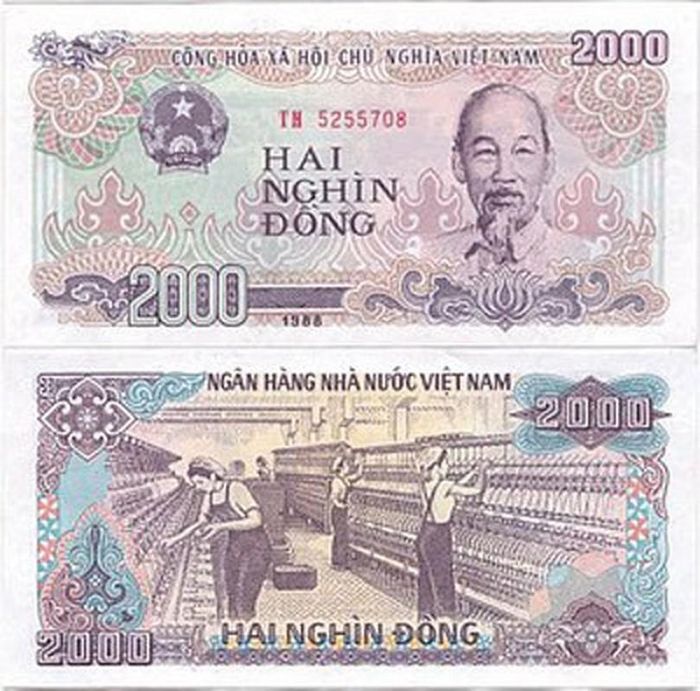
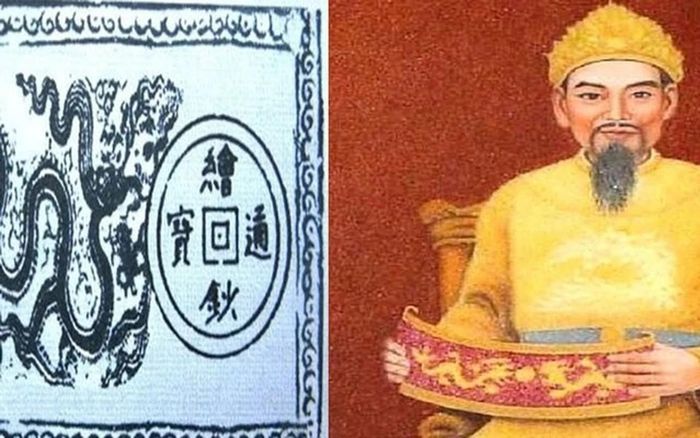
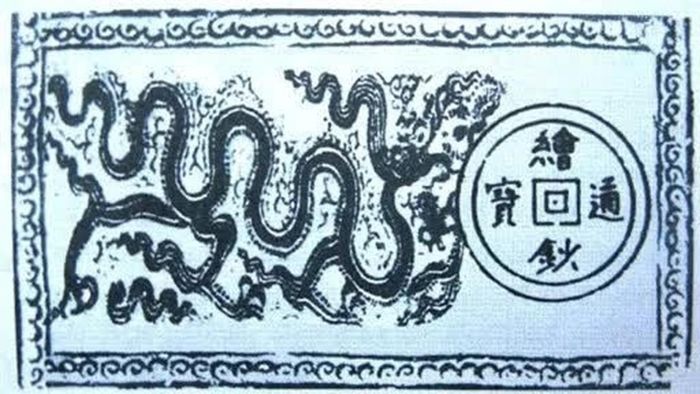
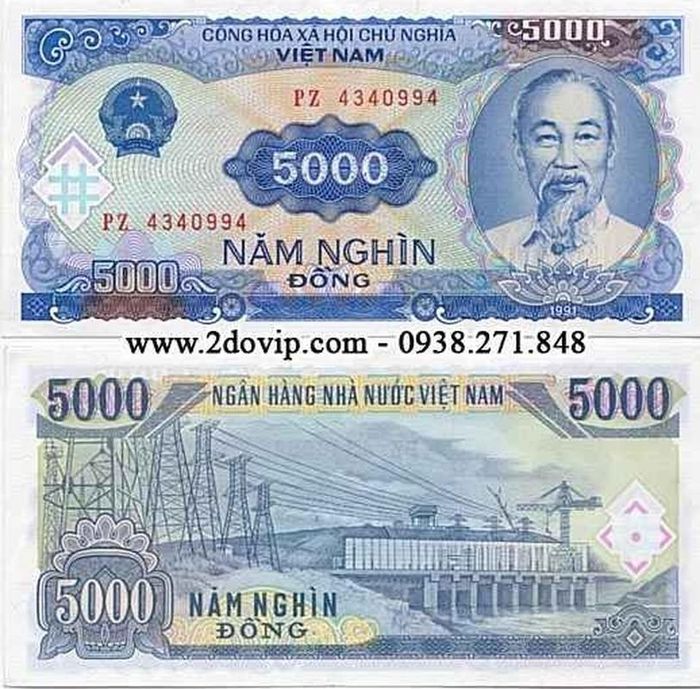
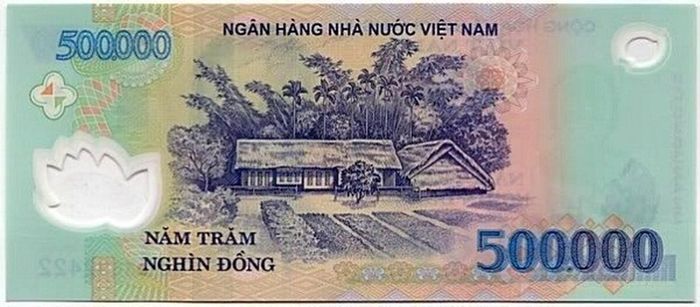
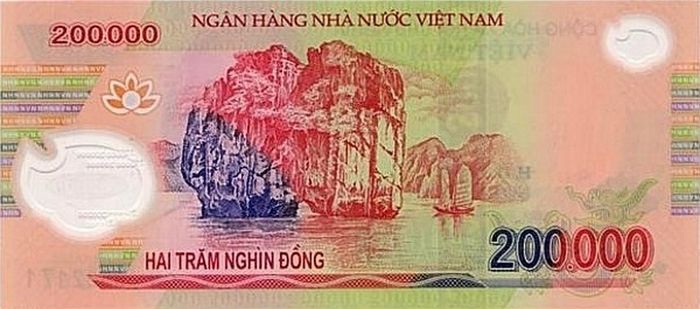




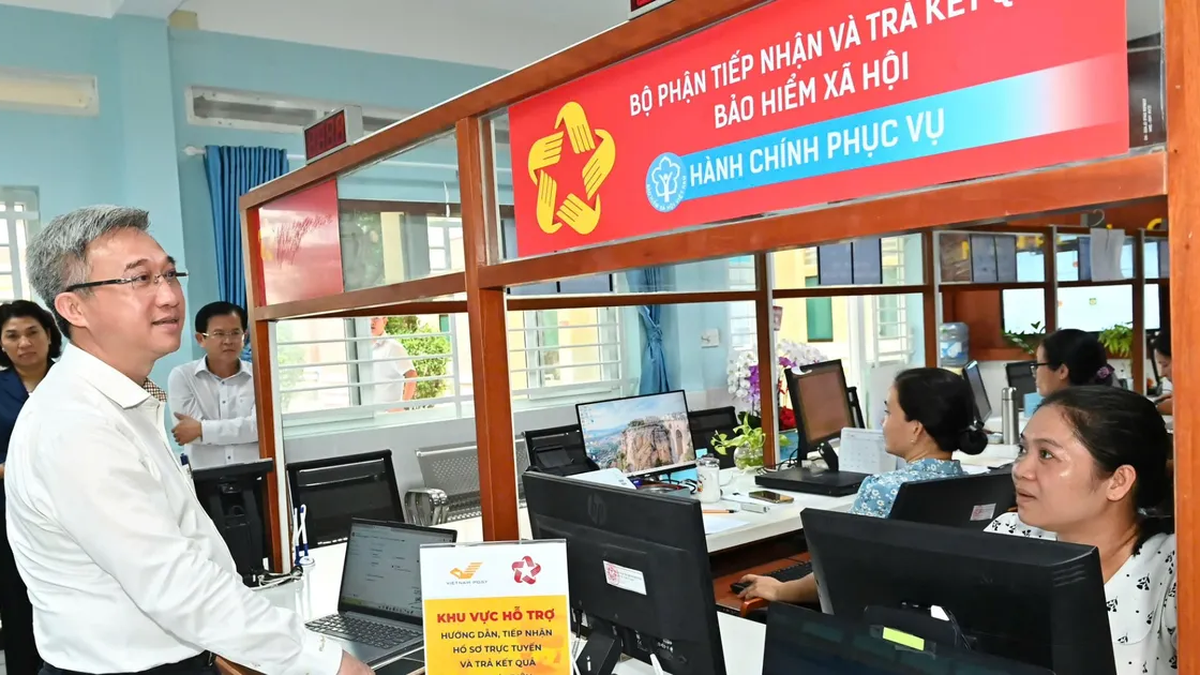

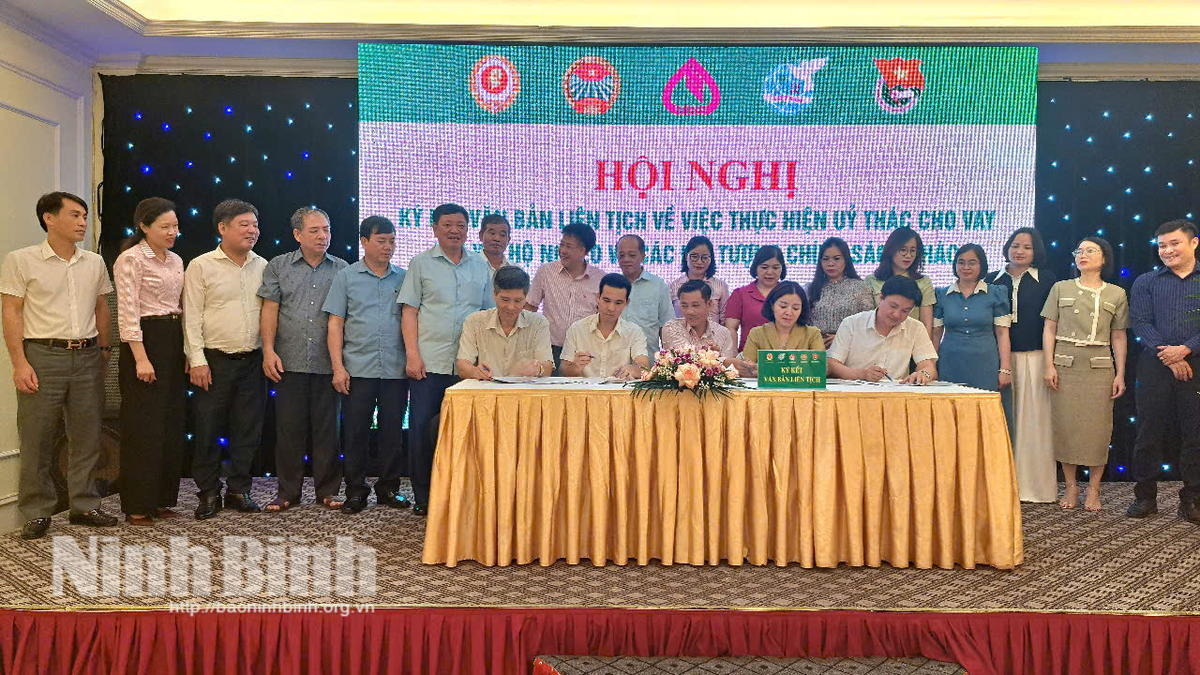
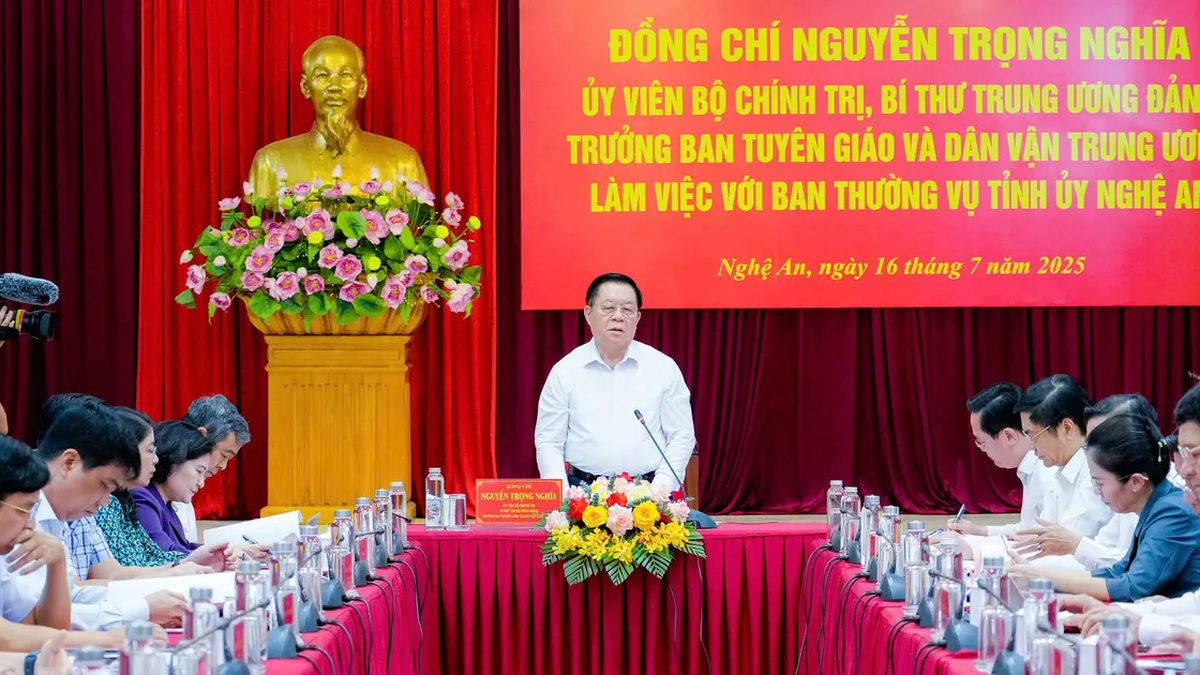

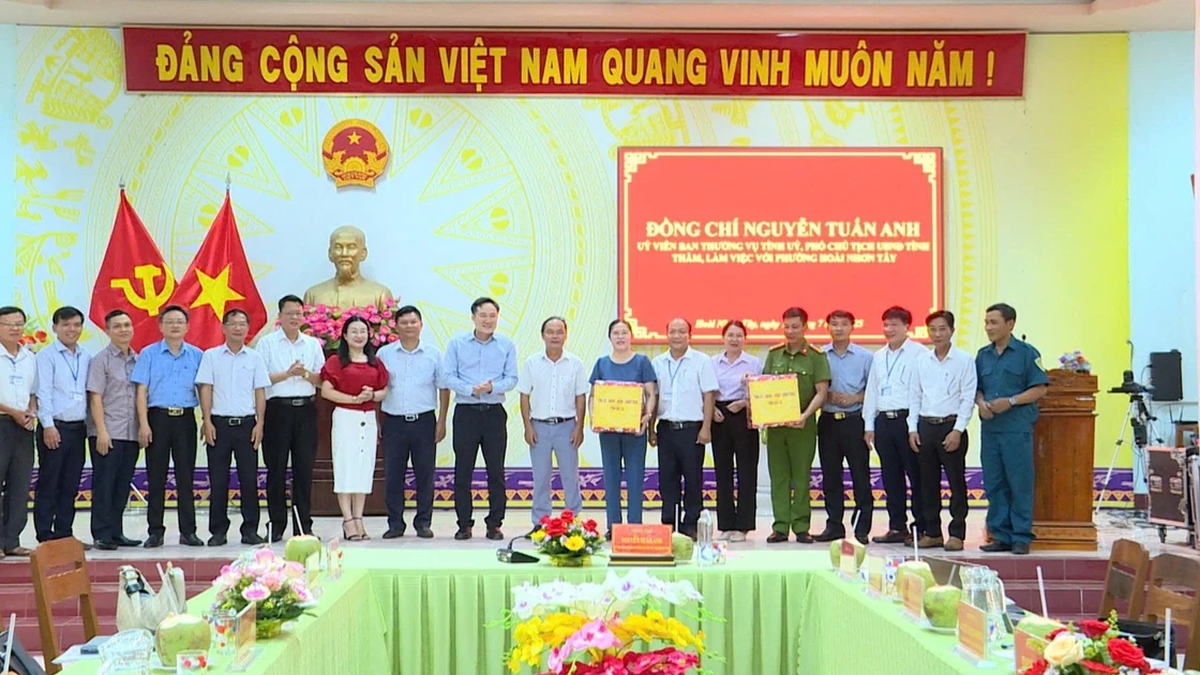
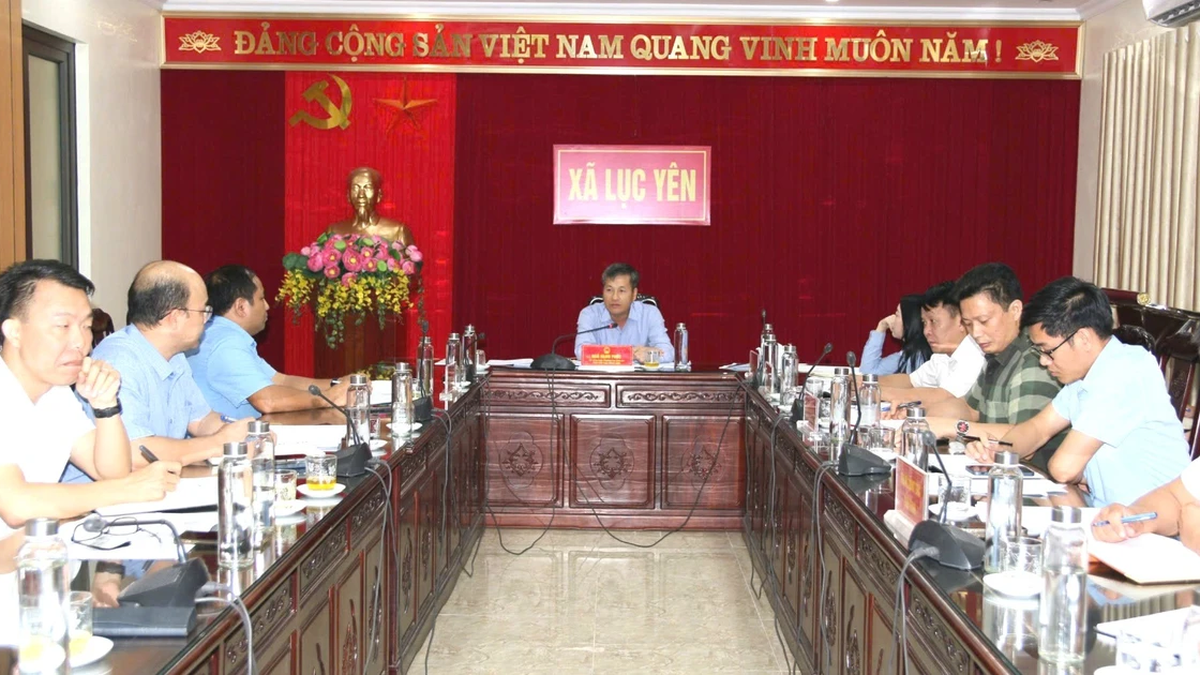






















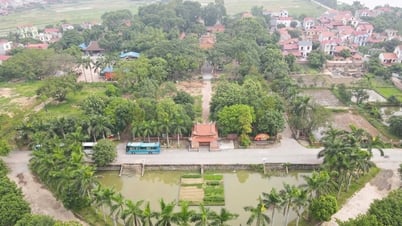














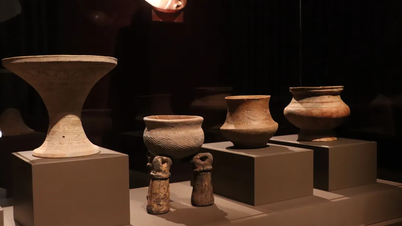


![[Maritime News] More than 80% of global container shipping capacity is in the hands of MSC and major shipping alliances](https://vphoto.vietnam.vn/thumb/402x226/vietnam/resource/IMAGE/2025/7/16/6b4d586c984b4cbf8c5680352b9eaeb0)








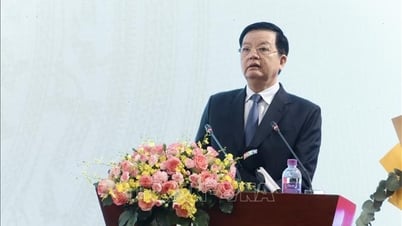
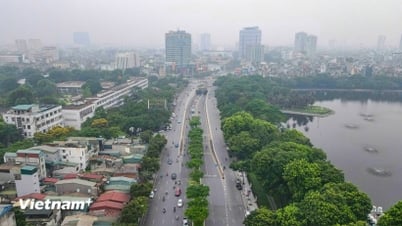
































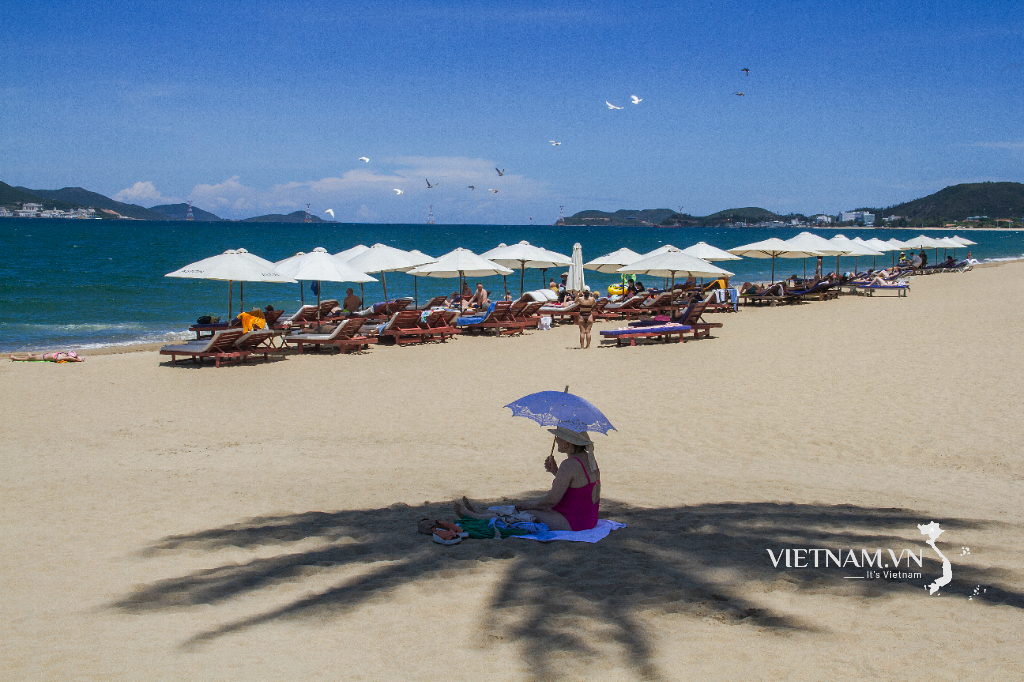

Comment (0)